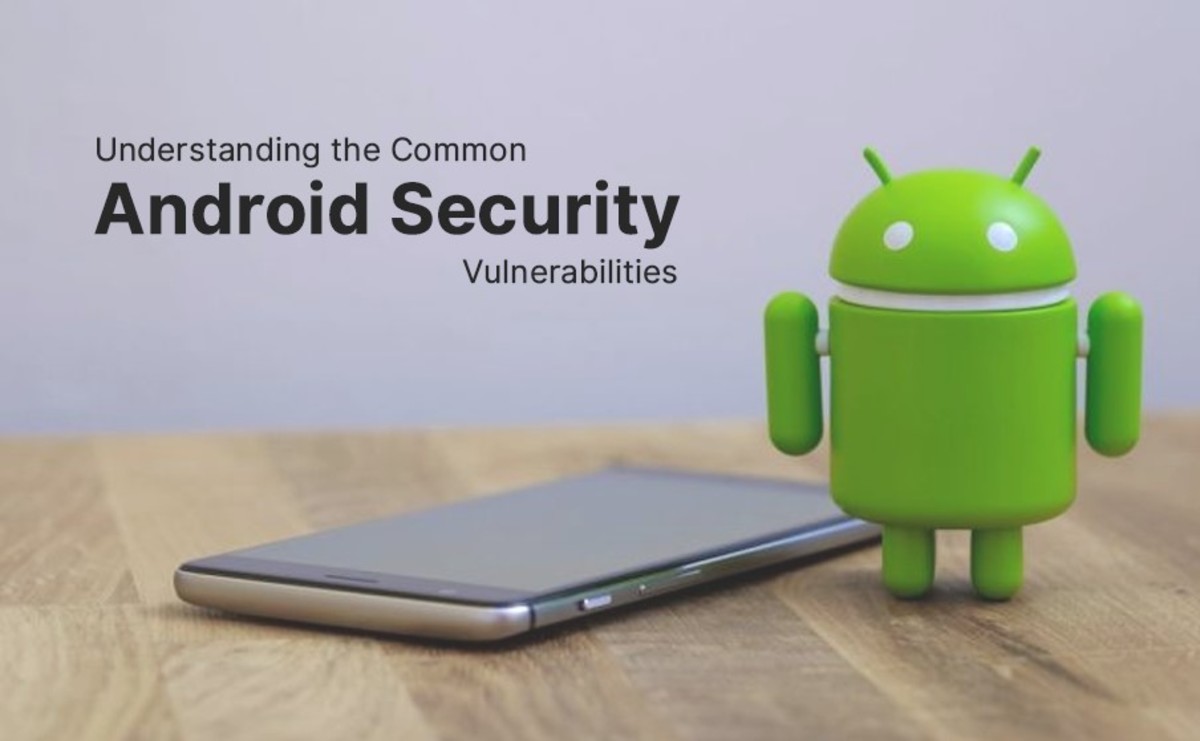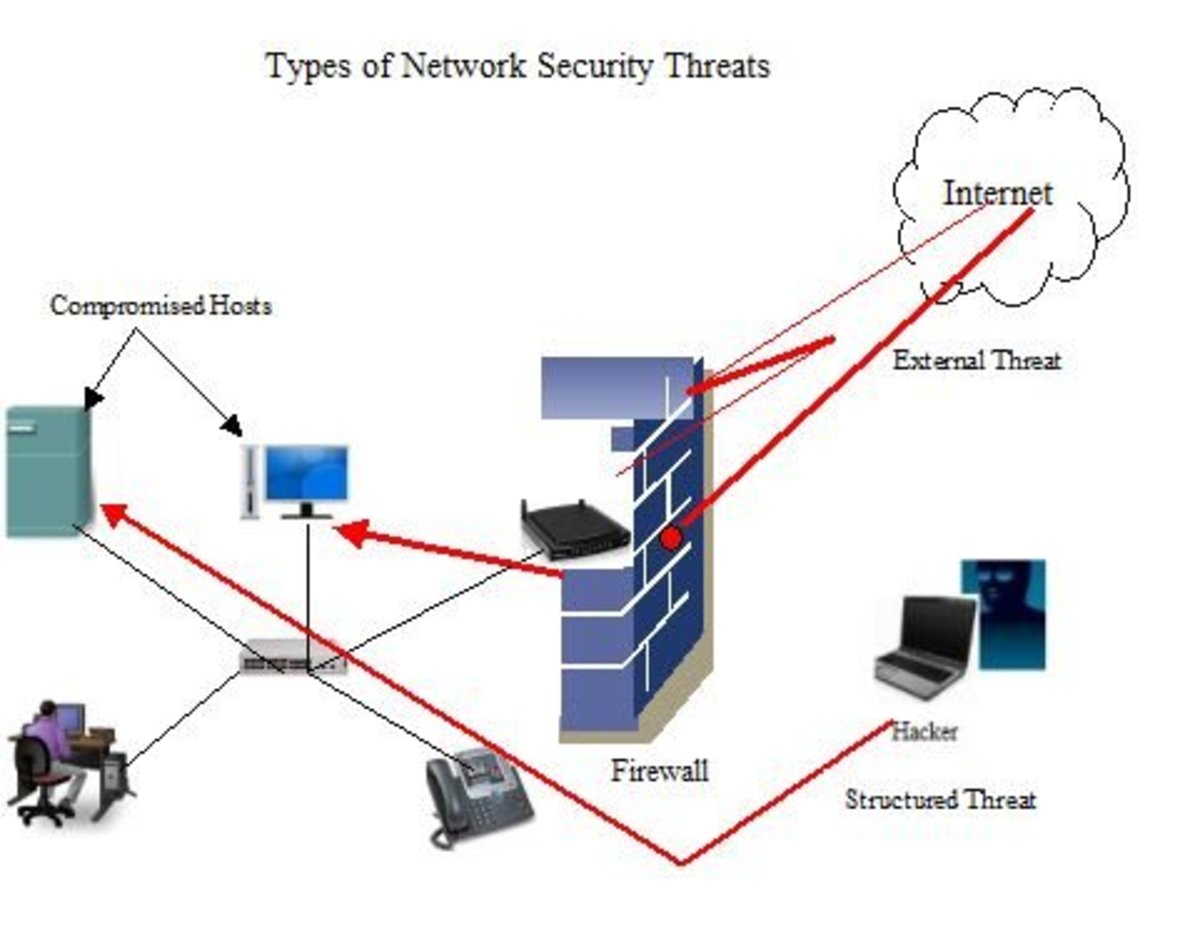Web application security
Windows 8
Security threats and data breaches and their prevention
Abstract
Most of the financial and other transactions done via the internet experience the threat of being accessed by unauthorised third parties. The latter results to security threats, data breaches and cyber theft. These problems call for a more secure methodd of protecting web applications from security attacks. Therefore, this paper discusses the security threats and standards as applied in Web application securities. It also discusses the technical solutions to different security threats. The paper also states how such security threats occur within a computer system.
Security Standards and Security threats
Principles that enable organizations to practice security techniques that are safe and secure in reducing cybersecurity attacks and threats are called security standards. They consist of clear guidelines and techniques used to implement the security of Web Applications. Examples of well-known security standards include ISO 27001 and 27002. Conversely, in Web Application, a threat is anything that can comprise the security of a computer system or server. Compromising the security of a website may entail providing a flaw or weakness that grants room for unauthorised web access, copying of data, corrupting the data or deleting the data and many others. Many systems security threats occur through weaknesses and vulnerabilities present in the computer systems.
Examples of security threats and their technical solutions
Viruses
Viruses are malicious codes that have the ability to replicate over the internet. Most of the viruses affect the system by corrupting their files. They also delete files, infect programs and change the system’s directory structure such that it runs unwanted programs (Reveron, 2012). Additionally, viruses may corrupt the system’s file memory and affect how the operating system stores its data.
There are two technical solutions of preventing or solving security threats that arise from virus infections. The first method involves the use of source code patterns or virus signatures contained in antivirus applications (Symantec-Norton, N.d). When antivirus programs are installed into the computer, they analyse the files in the memory storage of external or USB devices and compare them to known virus’ source code patterns. The signatures used to compare, and analyse system file signatures are stored in the system’s local databases. If the source code pattern of a known virus is detected in the system, a threat alarm is raised. However, the use of virus’s source codes is sometimes ineffective because it cannot detect viruses whose source codes are not provided in the systems databases (Symantec-Norton, N.d). Writing new and advanced source codes by hackers leaves the system still vulnerable to the most advanced or new versions of viruses.
The second technical solution of counteracting and preventing security threats emanating from viruses involves the use of heuristic algorithms. Heuristic algorithms detect viruses according to the behaviour the viruses’ exhibit (Symantec-Norton, N.d). Once a virus with a known behavioural pattern, such as random replication, is detected, the antivirus blocks it and raises an alarm for either manual or automatic commands. After the virus is detected, and the necessary commands executed, it is deleted from the systems file storage. Heuristic algorithms are advantageous because they are not vulnerable to viral advancements. They can detect even the most recent virus versions. However, the above outlined solutions are not the only methods of blocking and removing viruses. Running a system restore or frequently creating an external backup to computer data can help to reduce the damages caused by virus attacks (Symantec-Norton, N.d). Additionally, training workers to always scan the USB devices before opening them can help prevent virus threats.
Trojan horse
The Trojan horse is said to be a malicious software that operates under the guise of a legitimate one (Reveron, 2012). After accessing the system’s files, the program commands destructive activities such as unauthorised transfer of private data and exploration of the system’s vulnerabilities. Additionally, Trojan horses attempt to corrupt computer system files, harvest email addresses and later use them for spam, and allow remote access to the server. They also overwrite data and deactivate firewalls and other antimalware programs (Stewart, 2011). If not removed from the computer, Trojan horses threaten to add a server to botnets and lead to the distributed denial of services (DDoS). Using an antimalware program such as antiviruses can prevent security threats caused by Trojan horse. The antivirus blocks the Trojan horse and cleans it from the system files. Manually deleting the offending program suspected to be a Trojan horse can also prevent the threat.
Botnets and Logic Bombs
Botnets are robotic machines that hackers use to coordinate multiple security attacks at a go. Botnets send multiple subsequent requests to different servers that provide legitimate access into the server. When released over the internet, botnets compromise the security of the system by running several destructive threats such as Trojan horses, worms, viruses and many others (Reveron, 2012). Additionally, the destructive threats propagated by botnets replicate and transfer their effects by first scanning their environment and exploring the system’s vulnerabilities and flaws. Their effects results to Distributed Denial of Services (DDoS). Conversely, Logic Bombs are masquerading programs or codes that enact their effects once certain set requirements are fulfilled (Reveron, 2012). A logic bomb operates as a time bomb. It waits for its set conditions to be met, and them explodes by destroying the system’s data.
Because there are multiple ways through which computers’ securities can be compromised, destroyed by logic bombs, and used as Botnets, maintaining a strong security architect is the surest way of preventing botnet attacks (Chadwick & Preneel, 2005). Additionally, taking frequent measures ensuring the security of networks also prevents botnet attacks. Detecting botnet attacks by analysing the computer use of resources, the nature of online transferred data and network traffics patterns helps prevent botnet threats.
Spywares
They are secretly installed programs that exist in a processor without the awareness of the server or computer user (Watson Hall Ltd, N.d). Spywares are security threats because they may secretly collect private data such as user names, passwords and credit card details. Worst, they may change computer settings, direct online transferred money to third parties and even make web browsers vulnerable to other malicious attacks. Spyware security threats can be prevented via their early detection and removal (Stewart, 2011). In order to detect and remove Spywares, one needs to use antispyware programs and real-time protection. Real time protection acts as antiviruses. They scan and block spyware programs by analysing web traffics.
Spamming, pharming, phishing and spoofing
A spam refers to unsolicited or unwanted emails, which fills one’s email (Stewart, 2011). These emails are usually not viruses but can be an opportunity for attackers to syphon a person’s information by attacking some links where the victim is required to fill in some information. At the same time, accessing such emails could lead one to sites that have viruses, which would then attack the computers and networks in general. Spoofing is a security threat where a certain program impersonates or masquerades to appear as another legitimate program (Watson Hall Ltd, N.d). It is commonly applied in spoofing websites or URLs. Pharming is a security threat in which a hacker attempts to redirect the traffic of a legitimate website to another fake one. It is commonly done by either changing the victim’s computer host files or attacking and altering the software of the hosts DNS Server. Phishing is a security threat that is similar to spoofing. Hackers launch a phony website that seems similar to a legitimate website. The fake/phony websites are usually under the control of the hackers. Because the phony website seems similar to the legitimate or trusted website, users are lured to enter their secret details into the website. The phony website collects the user’s sensitive data such credit card numbers passwords and their user names. Most important, phishing is propagated over the internet via instant messages and emails.
Security threats emanating from spoofing, pharming or phishing, can be prevented and solved using various solutions. Firstly, they can be prevented by using internet security protocols (IPS) such and SSL and TLS to secure the interacting websites (Privacy Technical Assistance Center, N.d). IPS solves the threats caused by Spams by examining the network traffic patterns and choking the flood caused by spams. Secondly, spamming threats can be eliminated through the use of spam filters. They filter email messages coming from suspected email addresses. Thirdly, being vigilant in checking email addresses and other pop up messages helps prevent the threats caused by spamming, pharming, and phishing. Being vigilant while transacting online prevents spoofing because the threat relies on tricking people. If one fails to be gullible, spoofing is avoided.
Finally, the above-described security threats are not the only threats that exist. There are other security threats such as worms, keystroke loggers, adware and some blended threats. Blended threats are a combination of different security threats such as Trojan horses, worms, Botnets and logic bombs. In addition, most of the security threats to web applications occur via SQL injections, cross site scripting, service denial, execution of codes, buffer overflow, memory corruption, cross site request forgery and many others (Privacy Technical Assistance Center, N.d).
Reference List
Watson Hall L.td. (N.d). 10 Website Security threats, Retrieved on 20th April 2014 from: https://www.watsonhall.com/resources/downloads/top10-website-security-issues.pdf
Symantec-Norton. (N.d). The 11 most common computer security threats… And what you can do to protect yourself from them, Retrieved on 29th April 2014 from: http://www.symantec-norton.com/11-most-common-computer-security-threats_k13.aspx
Stewart, J. M. (2011). CompTIA Security+ Review Guide: Exam SY0-301. Hoboken, New Jersey: John Wiley & Sons.
Reveron, D. (2012). Cyberspace and National Security: Threats, Opportunities, and Power in a Virtual World. Washington, D.C: Georgetown University Press.
Privacy Technical Assistance Center. (N.d). Data Security: Top Threats to Data Protection, Retrieved on 29th April 2014 from: http://ptac.ed.gov/sites/default/files/issue-brief-threats-to-your-data.pdf
Chadwick, D., & Preneel, B. (2005). Communications and Multimedia Security: 8th IFIP TC-6 TC-11 Conference on Communications and Multimedia Security, Sept. 15-18, 2004, Windermere, The Lake District, United Kingdom. Berlin, Heidelberg: Springer Publishing.








